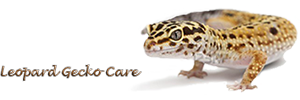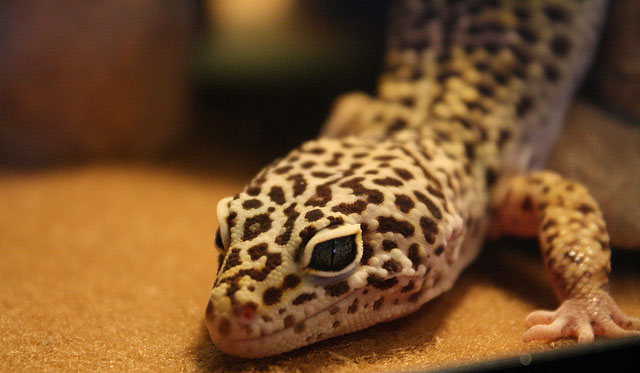A leopard gecko, native to Pakistan, India and Afghanistan, usually lives underground and is nocturnal. It has a head the shape of a triangle and a big tail where the fats are stored. A leopard gecko’s skin is rough and bumpy and patterned. These patterns camouflage them from predators. These patterns make them attractive to a lot of pet owners. This type of gecko makes an excellent pet. It is small and requires minimal care. It can also be left alone for several days. A leopard gecko does not make a lot of noise, does not smell and do not need a lot of attention. On average, it can reach a length of only about 10 inches so it does not need a lot of space. It can live up to 20 years once captured. It is cheap and can easily be found in any pet stores. These characteristics make a leopard gecko the perfect pet.
A substrate is defined as the surface on which a living organism lives. What substrates to use for a pet gecko has been debated on and argued a lot. A particular substrate may work just fine for one gecko but may not be beneficial to another. Age of the gecko is a definite factor to consider. Below is a list of substrates for an adult gecko and its advantages and disadvantages.
- Paper Towels
Paper towels are the safest substrate to use for all types of geckos. Paper towels do not pose risks ingestion of impaction. It is absorbent, cheap and readily available. However, some pet owners report cleaning issues where the gecko urinates and deposits its feces.
- Newspaper
Newspapers can be used as a substrate for a gecko. It is very easy to clean and discard. On the other hand, are not attractive and less preferred by a pet gecko. The ink on the newspaper print is also something to worry about since geckos love to lick things. The small amounts of dye they ingest might risk their health.
- Reptile Carpet
This type of substrate is much preferred by pet geckos because of its Astroturf feel. It is easy to clean and last for quite some time. The only downside to this is the small particles that could come off and be ingested. This substrate is advised against by animal experts. If you still want to use this, be aware of the risks and use cautions. (Click the link here to see the reptile carpet)
- Bark Chips
Research show that leopard geckos like bark chip substrates because they rub on it when they are shedding. The large particles are a disadvantage though, because they can be ingested and easily become a problem. (Click here to see the example of bark chirps)
- Sand
Fine grained sand is most commonly used with adult leopard geckos. Sand looks good, is easily replaceable and cheap. Although adult geckos least likely ingest sand, the use of sand as a substrate is still risky. The tiny particles could lead to respiratory problems and risks for ingestion. If you still want to use this particular substrate, use it with healthy adult geckos only. (Click here to see the example of Natural Sand; please use it with care)










